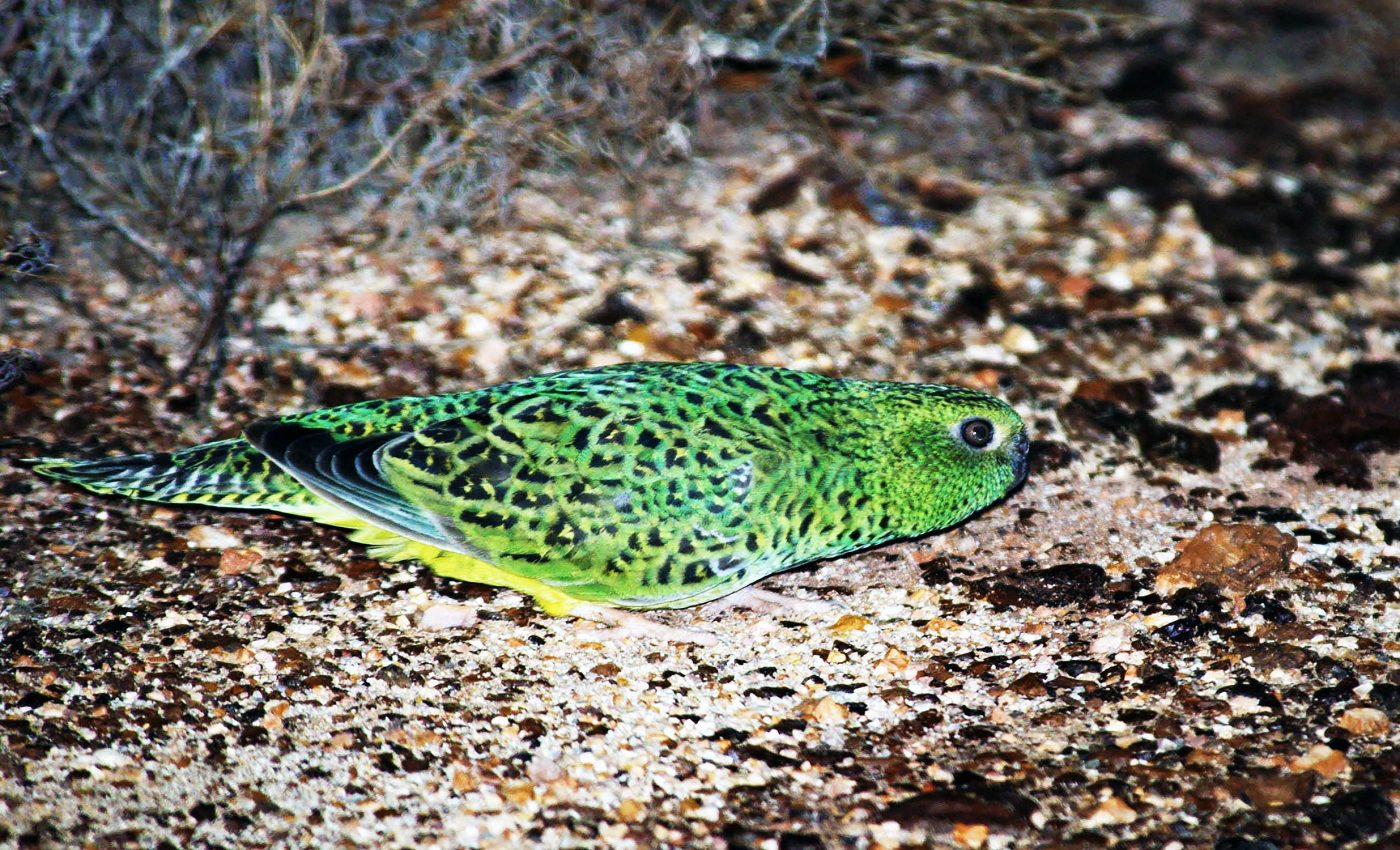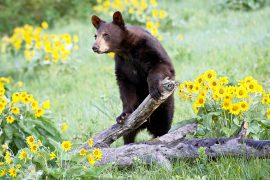
Rare and beautiful bird, thought to be extinct, is rediscovered after 100 years of no sightings
Elusive birds can be hard to protect, especially when they move under cover of darkness and lie low in thick desert grass by day. That’s the challenge with the night parrot, a small green-and-yellow species long considered near-mythical across Australia’s interior.
A focused effort on Ngururrpa Country set out to answer three practical questions: where these parrots are living, what threatens them there, and what people can do now to keep them alive.
The approach was hands-on and methodical. Instead of waiting for chance sightings, the team paired local knowledge with tools that work while people sleep.
The goal was simple: build a clear picture of the night parrot’s daily needs and the pressures nibbling at its edges, find them, then save them.
In search of the night parrot
From 2020 to 2023, Indigenous rangers and scientists deployed rugged, weatherproof audio recorders across dozens of sites.
Night parrots have distinctive calls, so detections on these devices acted like pins on a map. When recordings confirmed parrots at a location, camera traps followed to learn which predators showed up nearby.
The team also collected predator scat to identify what those hunters had been eating, then added decades of satellite imagery to track how often fires rolled through the landscape.
Nick Leseberg, an ecologist at the University of Queensland and a co-author of the study, helped explain the soundscape these devices captured.
“One of the night parrot’s diverse array of calls sounded like “didly dip, didly dip,” like a telephone, explains Leseberg. Another sounded like “dink dink,” resembling a bell.”
What they heard on tape
Monitors detected night parrots at more than half of the surveyed sites, stretched across a wide slice of desert.
That pattern points to a real population, not a stray bird passing through. Follow-up work located the birds’ daytime roosts inside dense, older clumps of spinifex grass.
In this region the key plant is bull spinifex, also known as Triodia longiceps, which forms tough, dome-like shelters where a parrot can stay cool and hidden.
These shelters aren’t interchangeable. Younger, sparse spinifex doesn’t offer the same cover. Night parrots depend on mature, tightly packed clumps that take time to form. When those clumps are lost, there’s no quick substitute.
Night parrots lost their shelters
The Great Sandy Desert sees lightning strikes and long, dry spells that can set off fast-moving fires. When blazes return too often, older spinifex doesn’t get the years it needs to grow into protective domes.
The study found that country around roosts tends to burn on a cycle of several years, which is quick in plant terms and risks keeping the habitat stuck in a youthful, thinner stage.
There’s a practical fix within reach. Cooler, well-planned burns at the right times can create a patchwork of fuel breaks.
That mosaic reduces the odds that one high-intensity wildfire will sweep across the sandplains and erase parrot shelter in one go.
Predators and balance
Cameras frequently recorded dingoes near parrot habitat. At face value, a wild dog near a small bird sounds like trouble. But scat analysis told a different story: cat remains showed up often.
Feral cats hunt stealthily at night and can wipe out inexperienced fledglings. Dingoes appear to keep cat numbers in check, either by direct predation or by making key areas less comfortable for cats.
This balance matters. Push down dingo presence and cats may surge; keep dingoes on the scene and cat pressure may fall.
For a species that nests and roosts on the ground, fewer cats near those roosts can mean more chicks making it through their earliest weeks.
Numbers don’t lie
Based on where birds were heard and how many called at once, the team estimates there could be about 50 night parrots in this protected area.
For a species with very few confirmed individuals across Australia, that figure carries weight. It points to Ngururrpa Country as an important stronghold.
A stronghold isn’t guaranteed safety. A single rough fire season could knock back the habitat. Predator control programs that harm dingoes could open the door for more cats.
Fresh disturbances – vehicle tracks, new weeds that change fire behavior, or grazing stock – could tilt the system in the wrong direction.
How to save night parrots
The recommendations fit the place. Fire management should lean on the rangers’ deep local knowledge and use modern mapping to guide cooler-season burns.
Those burns can cut fuel, set natural breaks, and lower the odds of summer wildfires racing across roosting country.
Predator control should avoid harming dingoes, since dingoes may be doing important work by suppressing cats.
Keeping the landscape relatively quiet – limiting disturbances and keeping grazing stock out – will help the vegetation hold its form.
The team also pointed to tools that can sharpen future counts and maps. Genetic methods, such as DNA recovered from feathers, could give more precise estimates.
Tiny tracking tags could show how far these parrots travel at night to feed and which patches matter most during the dry months.
What have we learned?
This work shows what happens when Indigenous rangers and scientists align methods with the land.
The night parrot needs old, dense spinifex for daytime cover, a fire rhythm that lets that grass mature, and a predator community where cats don’t run the show.
With careful burns, smart predator management, and steady watchfulness, Ngururrpa Country can keep those needs on the table and give this shy bird a fair shot.
The full study was published in the journal Wildlife Research.
—–
Like what you read? Subscribe to our newsletter for engaging articles, exclusive content, and the latest updates.
Check us out on EarthSnap, a free app brought to you by Eric Ralls and Earth.com.
—–













